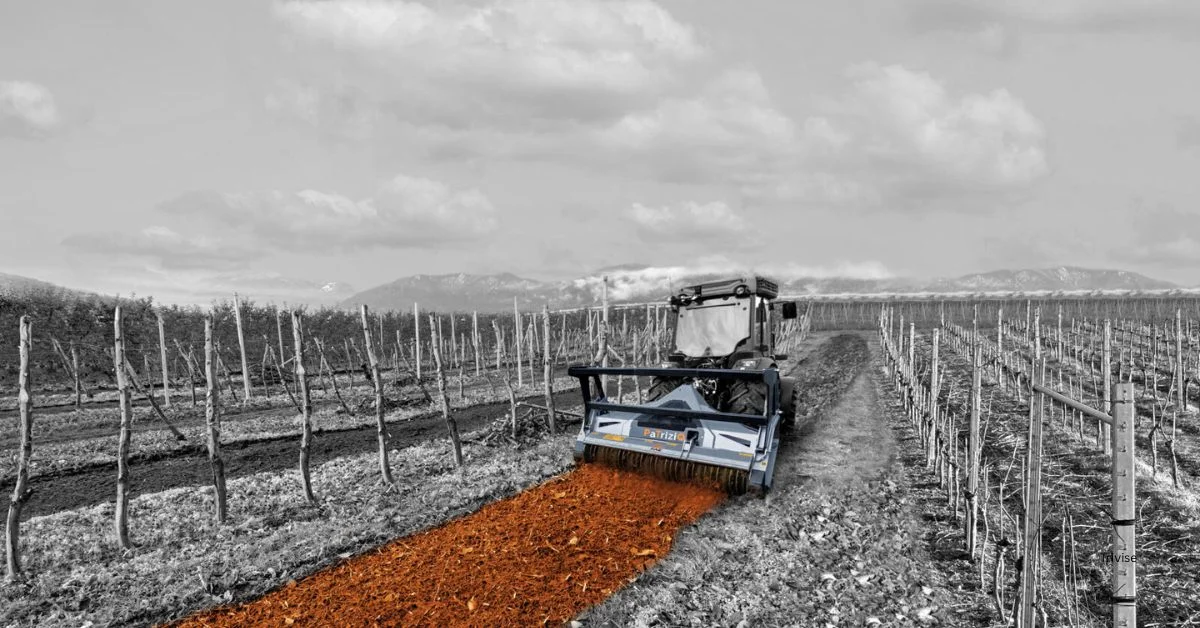In professional land management, efficiency, reliability, and precision are non-negotiable. Forestry mulchers have become essential tools for operators working in agriculture, forestry, road maintenance, and environmental reclamation. Their ability to rapidly clear vegetation – ranging from underbrush to large tree trunks – makes them indispensable across a wide variety of operational scenarios.
Designed to shred organic material directly on site, forestry mulchers drastically reduce the time and labor required for clearing, maintenance, and preparation tasks. Whether the goal is to manage undergrowth, prepare soil for planting, mitigate fire risk, or maintain rights-of-way, forestry mulchers deliver consistent, high-quality results even in the most demanding conditions.
What are forestry mulchers? Functional design and core capabilities
Forestry mulchers are hydraulically or mechanically driven attachments engineered to reduce standing vegetation, trees, brush, and stumps into finely shredded material. Their core components typically include robust rotors equipped with fixed or swinging teeth, reinforced frames, and high-strength counter blades to optimize cutting and fragmentation.
Depending on the model and carrier, forestry mulchers can process material up to 16 inches in diameter, ensuring complete control even over thick and resilient vegetation.
Unlike conventional clearing methods, which often require numerous steps and multiple machines, forestry mulchers perform all operations directly on the terrain. This not only eliminates the need for debris removal but also promotes faster decomposition of organic matter, contributing to soil health and improved site conditions for subsequent land use.
The efficiency of these tools depends heavily on their design and build quality. Advanced models incorporate automatic torque management systems, variable displacement hydraulic motors, and interchangeable tooth configurations to handle varying workloads.
Forestry mulchers are also available in a wide range of sizes and configurations, allowing operators to select equipment tailored to the specific requirements of each job site. This high degree of adaptability is what makes them so effective across such a broad spectrum of land clearing and vegetation control applications.
Carrier versatility: choosing the right operating machine
Forestry mulchers are designed to integrate seamlessly with various types of carriers, each optimized for specific environments and operational requirements. Selecting the correct one is essential to ensure performance consistency, equipment longevity, and safe operation:
- Tractors. Suitable for broad, open areas in agricultural and forestry contexts. Their high power and stability allow for the use of large mulching heads, making them ideal for field preparation, fire mitigation, stump removal, and vegetation control across extended surfaces.
- Skid steers. Best suited for confined spaces or areas requiring high maneuverability, such as residential properties, vineyards, orchards, and urban green zones. When equipped with the proper hydraulic configuration, they offer excellent results in targeted interventions, including undergrowth clearing and perimeter maintenance.
- Excavators. Recommended for complex terrain, slopes, riverbanks, and hard-to-reach zones. Their extended reach and precise control make them ideal for working around utility lines, canals, and embankments. They ensure effective mulching where vertical or angled access is necessary.
- Special vehicles and tracked carriers. Built for the most demanding operations. These machines offer superior traction, ground clearance, and power, allowing forestry mulchers to operate efficiently in harsh or post-wildfire conditions, remote areas, and rugged landscapes. They are the optimal solution for high-intensity land clearing and continuous-duty tasks.
To achieve the best results, the mulcher must be matched precisely to the carrier’s hydraulic or PTO specifications, operational scope, and working environment. An informed pairing improves efficiency, reduces wear, and increases overall system reliability.
FAE forestry mulchers: built for performance, reliability, and longevity
Founded in 1989, FAE has established itself as a global leader in the design and manufacturing of heads for tractors, excavators, skid steers, special vehicles, and tracked carriers. With a focus on sectors such as agriculture, forestry, infrastructure management, and demining, the company delivers technologically advanced solutions designed to optimize efficiency in highly specialized operations.
FAE’s product portfolio includes over 90 lines and more than 400 models, each engineered to address specific requirements in land clearing, vegetation control, and site preparation.
Its forestry mulchers stand out for their structural robustness, precision-engineered components, and integration of the latest technological advancements. The use of high-resistance materials and proprietary mechanical systems ensures that each machine performs reliably, even in the most demanding conditions.
Designed to process and shred trees, tree trunks, wood, branches, stumps, shrubs and roots up to 16″ in diameter, FAE mulchers provide powerful and consistent output across a wide range of terrains. Their ability to adapt to multiple types of carriers allows operators to work efficiently in varied environments, from steep slopes and dense forests to narrow rights-of-way and post-fire landscapes.
Thanks to decades of technical refinement and a commitment to innovation, FAE delivers forestry mulchers that meet and exceed the expectations of industry professionals seeking durability, adaptability, and maximum operational value, job after job.









